Discovering the Hidden History of Kansas City's 8th Street Tunnel
View looking west from the east edge of modern day downtown. In the foreground, a streetcar ascends from the West Bottoms into the 8th Street Tunnel. MVSC.
Kansas City's history is full of stories about pioneers, entrepreneurs, and risk-takers who dared to dream big. One such person was Robert Gillham, a man who came from New York City in the late 1870s with a wild idea: to build a cable car line that could take workers down the 200-foot bluff on the west side of the city down into the West Bottoms.
The 9th Street Incline
Kansas City was only the third city in America to attempt such a project, and Gillham's Ninth Street Incline, finished in 1885, was a truly spectacular feat of engineering. However, the incline proved to be too steep to maintain as the cable would often break, sending riders in a free fall down the ramp. You can see a few photos of the 9th Street Incline below.
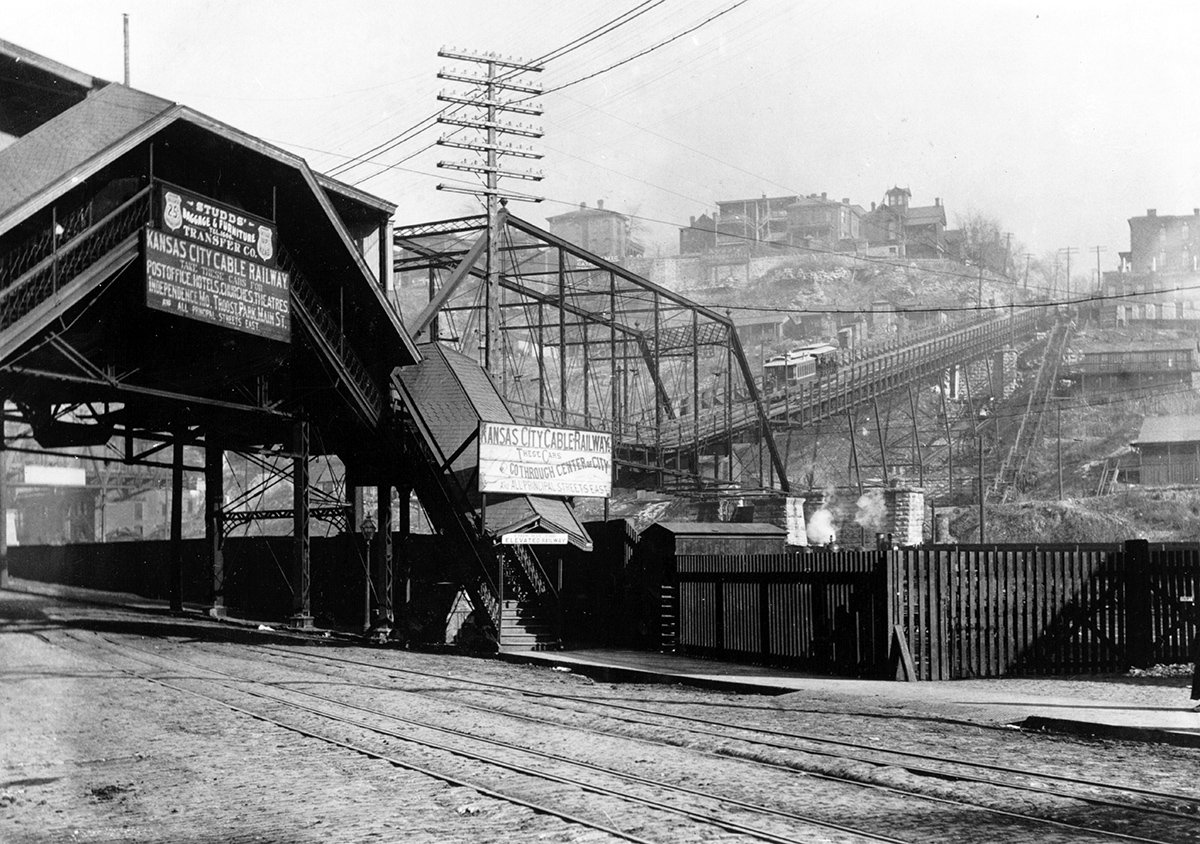
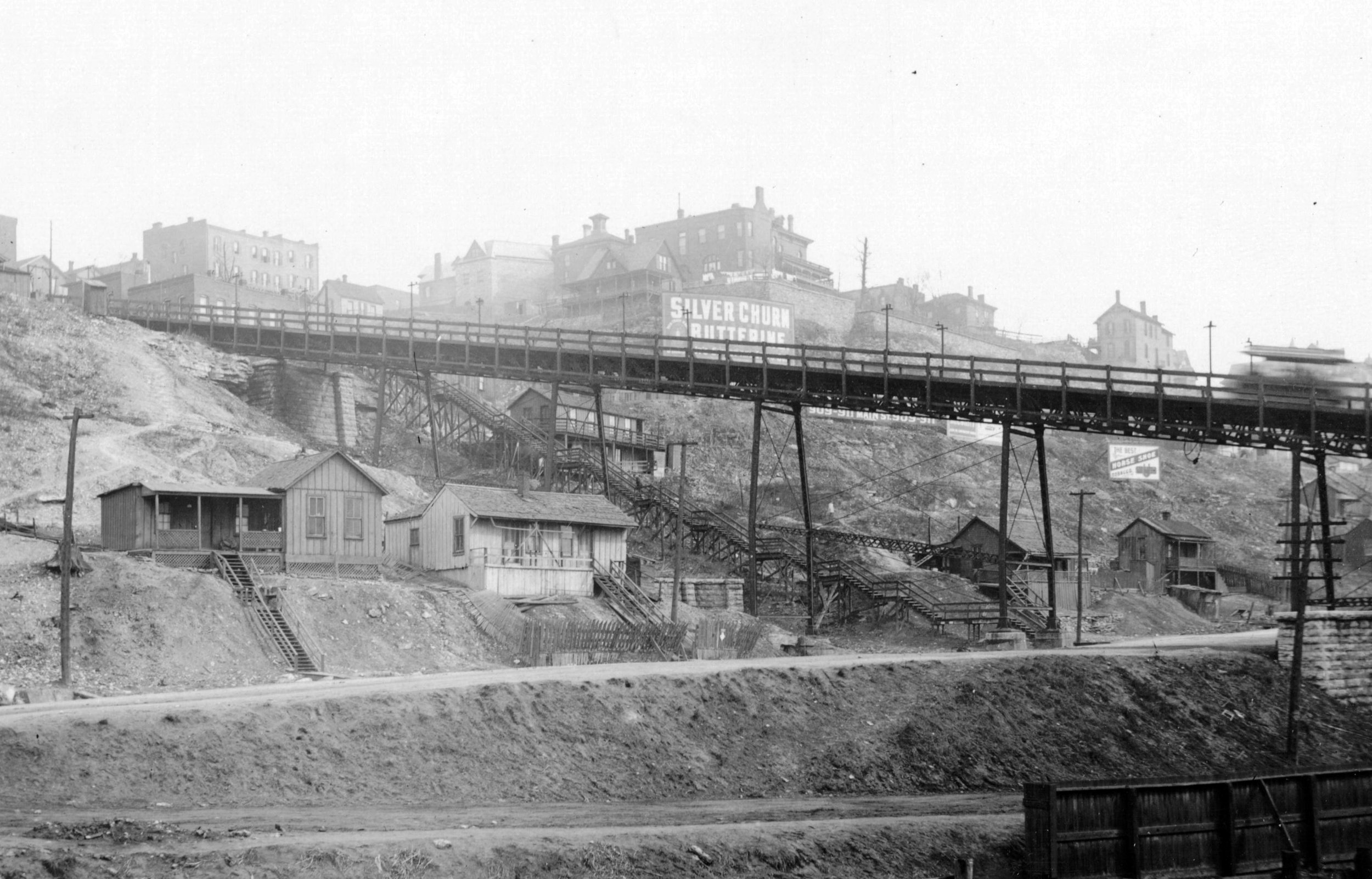
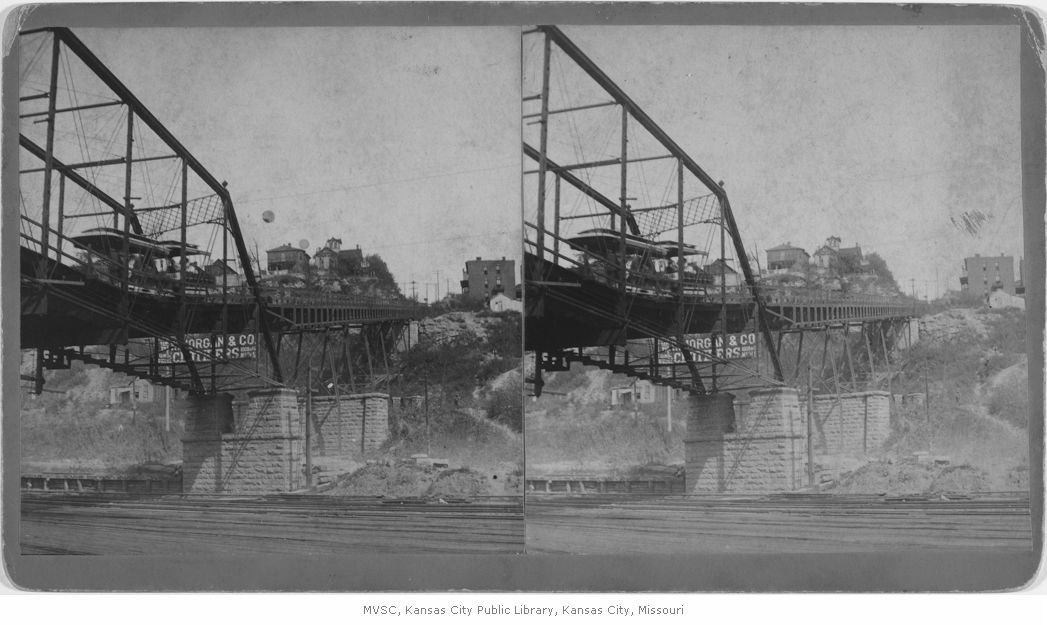

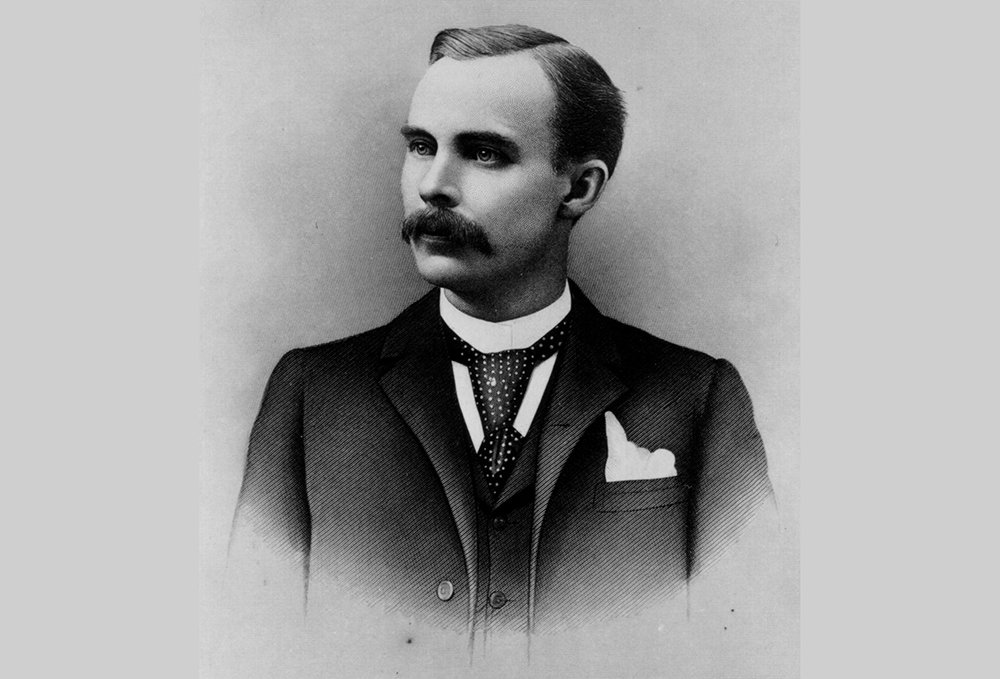
The 8th Street Tunnel
Undeterred by this setback, Gillham announced plans to build a tunnel through the bluff in 1887. Despite being labeled "absurd" and "impossible," he managed to gather hundreds of workers who wielded picks and shovels and began digging into the bluff. They dug deep into the soft earth until they hit solid rock and then blasted using more than 25,000 pounds of dynamite in all.
The 9th Street Incline (right, foreground) pictured next to the 8th Street Tunnel (left, background). MVSC
After nearly a year of hard work, the workers built the 810-foot tunnel and covered the walls and 18-foot-high arched ceiling with heavy red bricks backed by Portland cement. They laid two lines of track, and the total cost was $700,000 - approximately $22M in today’s dollars when adjusted for inflation. The tunnel's cable alone weighed 36,000 pounds because the tunnel was so steep, dropping 8½ feet for every 100 feet in length.
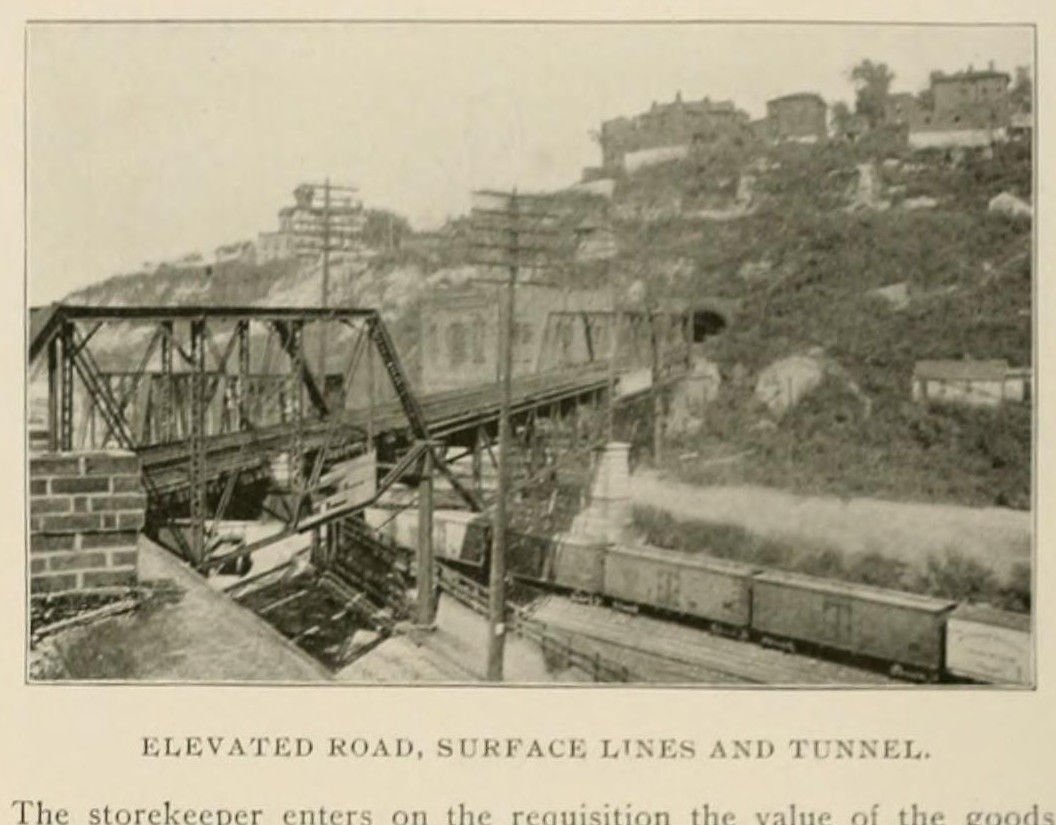
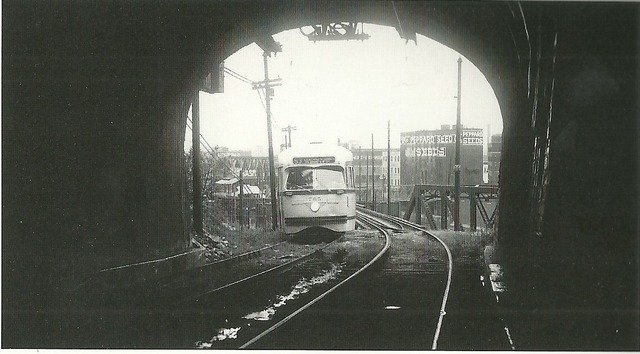
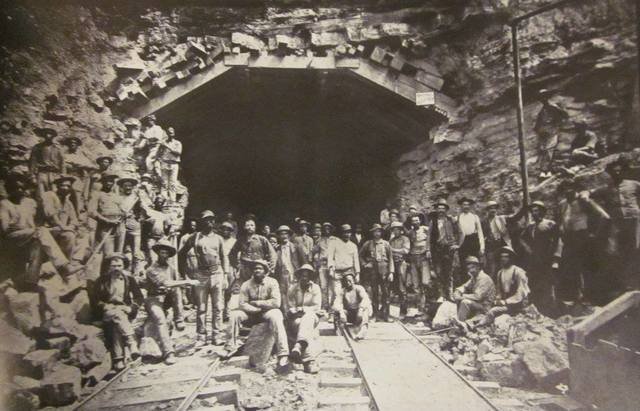

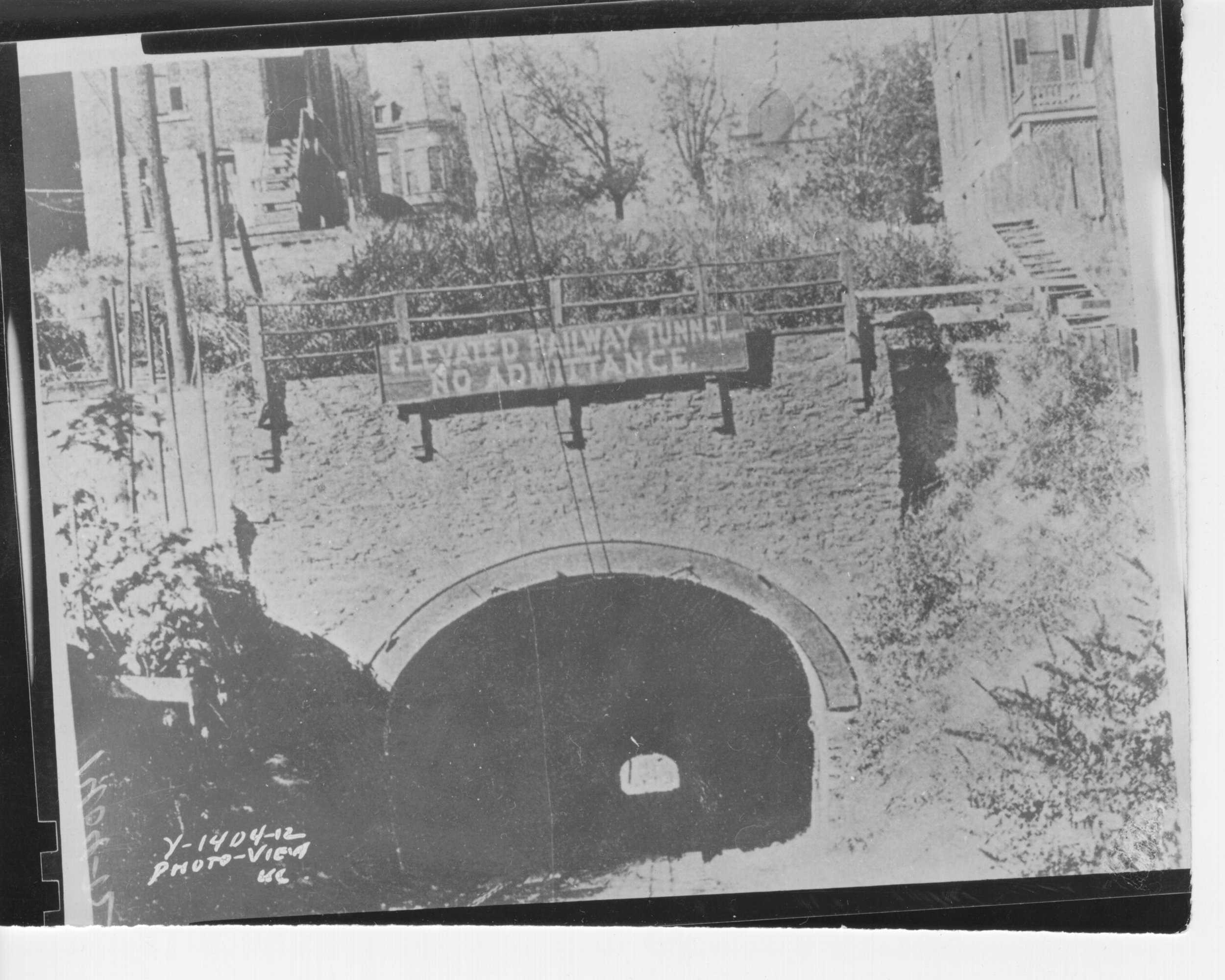
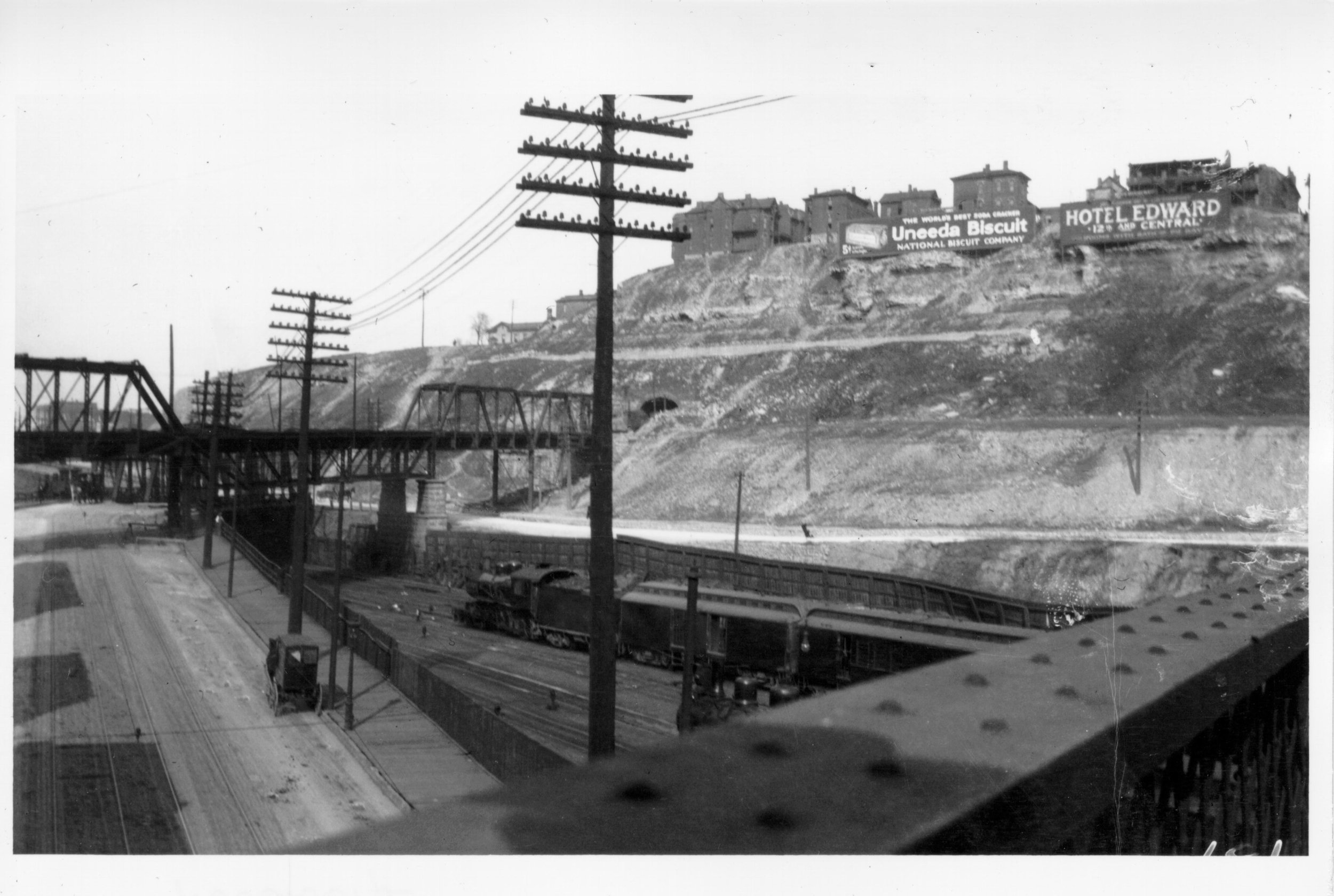
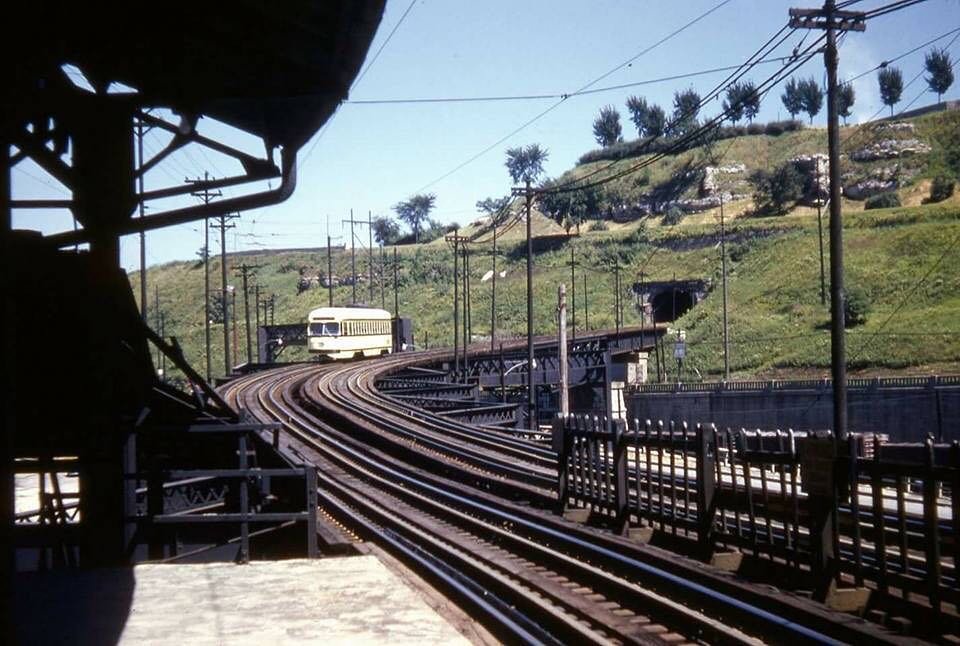
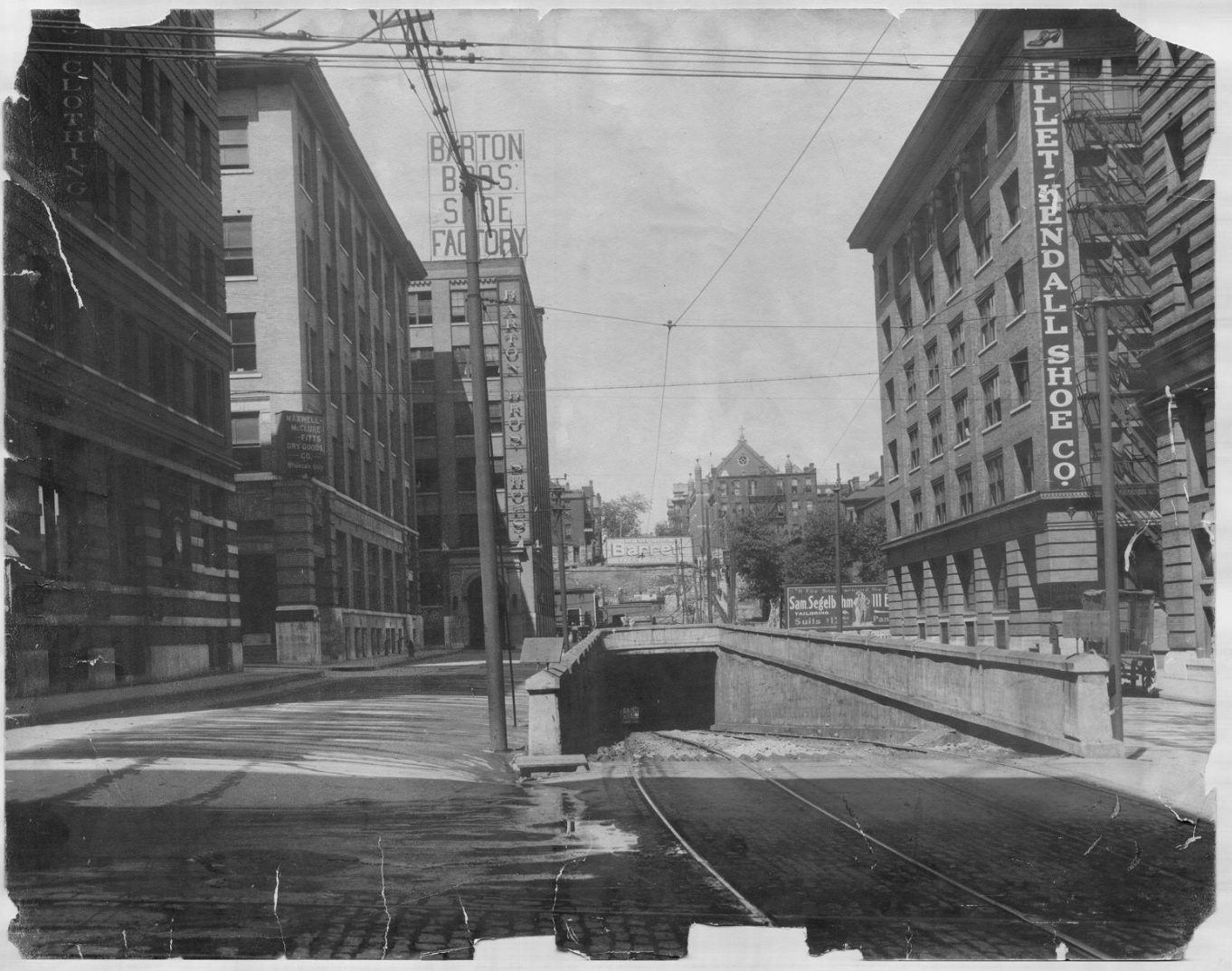
The grade placed a great strain on the wire rope, and the cable broke within three months of its opening. Maintaining the cable remained a problem for years.
Determined to not let the new 8th Street Tunnel fall to the same demise as the previous 9th Street Incline, a plan was devised to reduce the slope of the tunnel and a new tunnel was bored below the original tunnel. The two tunnels shared the same outlet on the bluff on the west end, but the opposite entry was pushed further east to accommodate a gentler grade.
Despite the initial challenges, the tunnel was used for more than 60 years, and millions of passengers passed through it. However, in 1956, it was abandoned largely due to the widespread adoption of personal vehicles. Its great portals were sealed, and the entry stations were filled and forgotten.
Modern Day
Then vs. Now: looking east at the tunnel’s east portal at 8th & Broadway. Today resides Garment District Park, an urban park that was installed when the portal was closed.
The west portal is now completely plugged with cement on the bluff. The silence is deafening, despite the fact that the interstate runs just beyond the sealed exit. Strange pale-gray stalactites hang from the ceiling down in the lower tunnel, and weirdly shaped stalagmites climb from the floor. The impressions of the old crossties are still clearly visible in what remains of the gravel railroad bed.
DST Realty, the company that now owns the property atop the tunnel, says it intends to preserve the tunnel because of its historic importance. However, the site is not open to the public, and only a lucky few got to experience the thrill of walking through a piece of Kansas City's unique history during a handful of tours over the previous few decades.
In honor of Robert Gillham, the man who dared to dream and make that dream a reality, the city has named a street after him. It is a testament to the spirit of innovation and determination that Kansas City embodies.
If you enjoyed this article, you’ll love Stories from the City: the exclusive newsletter from KC Yesterday. Sign up now to unlock fascinating stories from Kansas City about the mafia, architecture, prohibition, sports, and everything in between!
A special thank you and courtesy to the Kansas City Public Library and KCUR for inspiring this article. Historic photos courtesy MVSC.



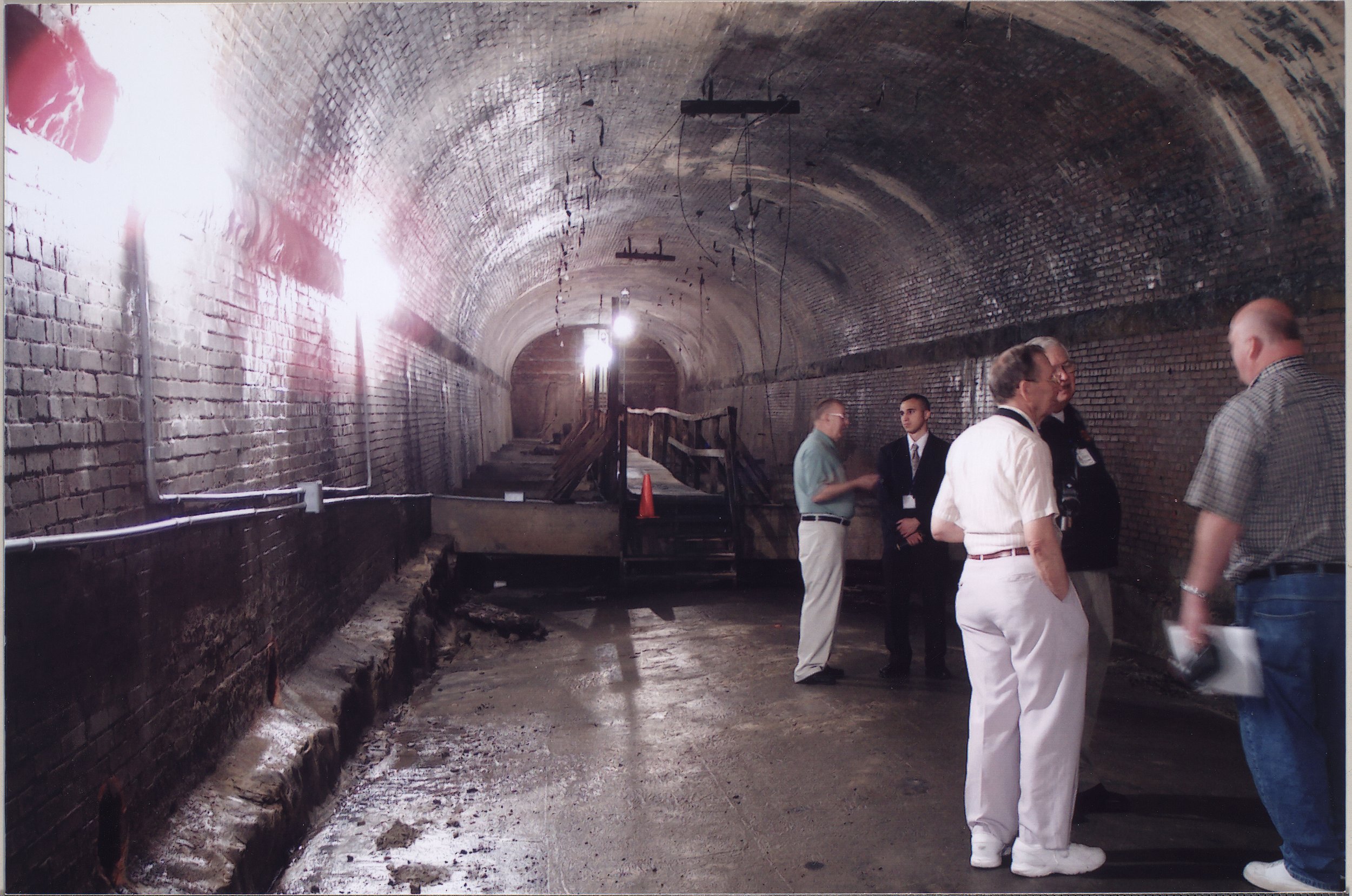
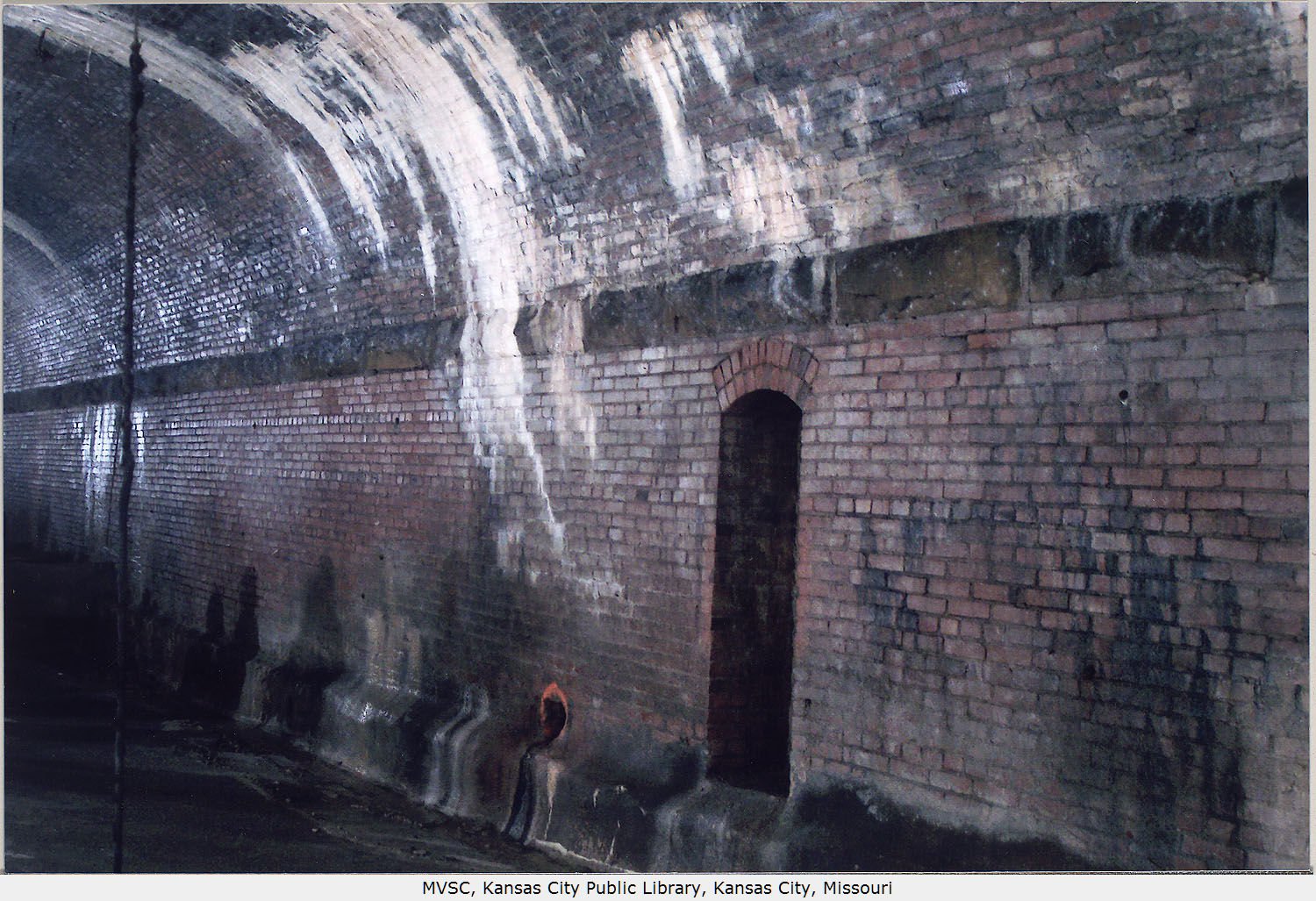








Celebrate Kansas City's iconic art scene with this vintage-style poster of the Nelson-Atkins Museum, featuring the famous Shuttlecock sculpture in classic WPA-inspired design.
8×12: $29
12x18: $39
16×24: $49
20x30: $59
This artwork is not affiliated with or endorsed by The Nelson-Atkins Museum of Art. Name used for descriptive purposes only.